
-
3 years ago
-

0
-

Algorithmic Trading
Introduction An algorithm is a particular set of well-defined instructions aimed to successfully execute a task or process. Algorithmic trading, also known as algo-trading, automated trading or black-box trading, uses computers which are programmed to follow a specific set of instructions. The computers are employed to garner profits at a frequency and speed surpassing that of a human …
-
3 years ago
-

0
-

An Overview of Initial Coin Offering (ICO)
Introduction An Initial Coin Offering or ICO is a fundraising mechanism which is similar in concept to an Initial Public offering, also known as IPO where both are basically processes by which companies raise capital. While an IPO investment deals with issuance of securities where investors get to purchase shares of a company, an …
Continue reading “An Overview of Initial Coin Offering (ICO)”
Browse Categories
Featured Posts
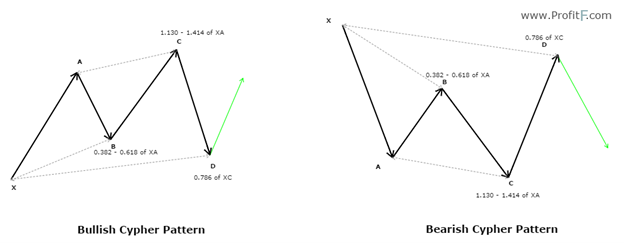 3 years ago
3 years ago
Cypher Pattern
 3 years ago
3 years ago
Crab Pattern
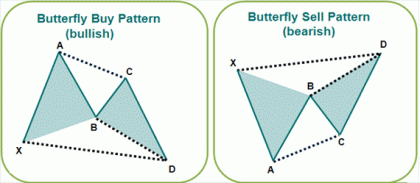 3 years ago
3 years ago
Butterfly Pattern
 3 years ago
3 years ago
Bat Pattern
 3 years ago
3 years ago
ABCD Pattern
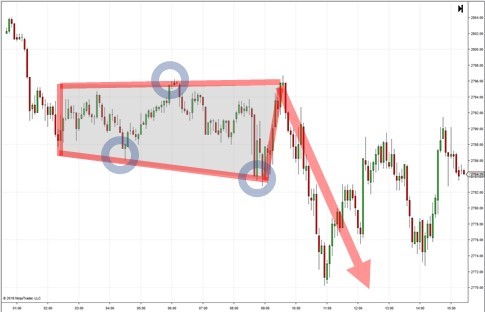 3 years ago
3 years ago
The Rectangle Pattern
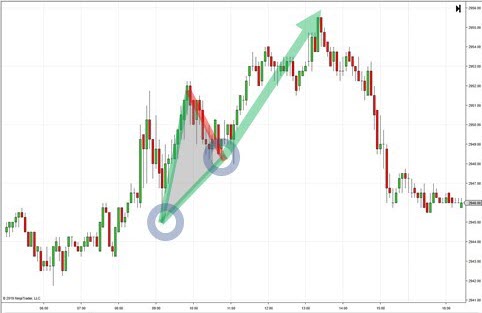 3 years ago
3 years ago
Triangle Patterns
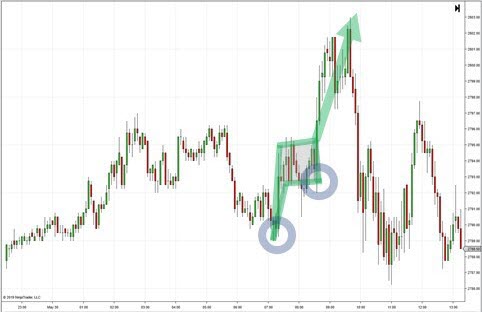 3 years ago
3 years ago
Flag Pattern
 3 years ago
3 years ago
Double and Triple Pattern
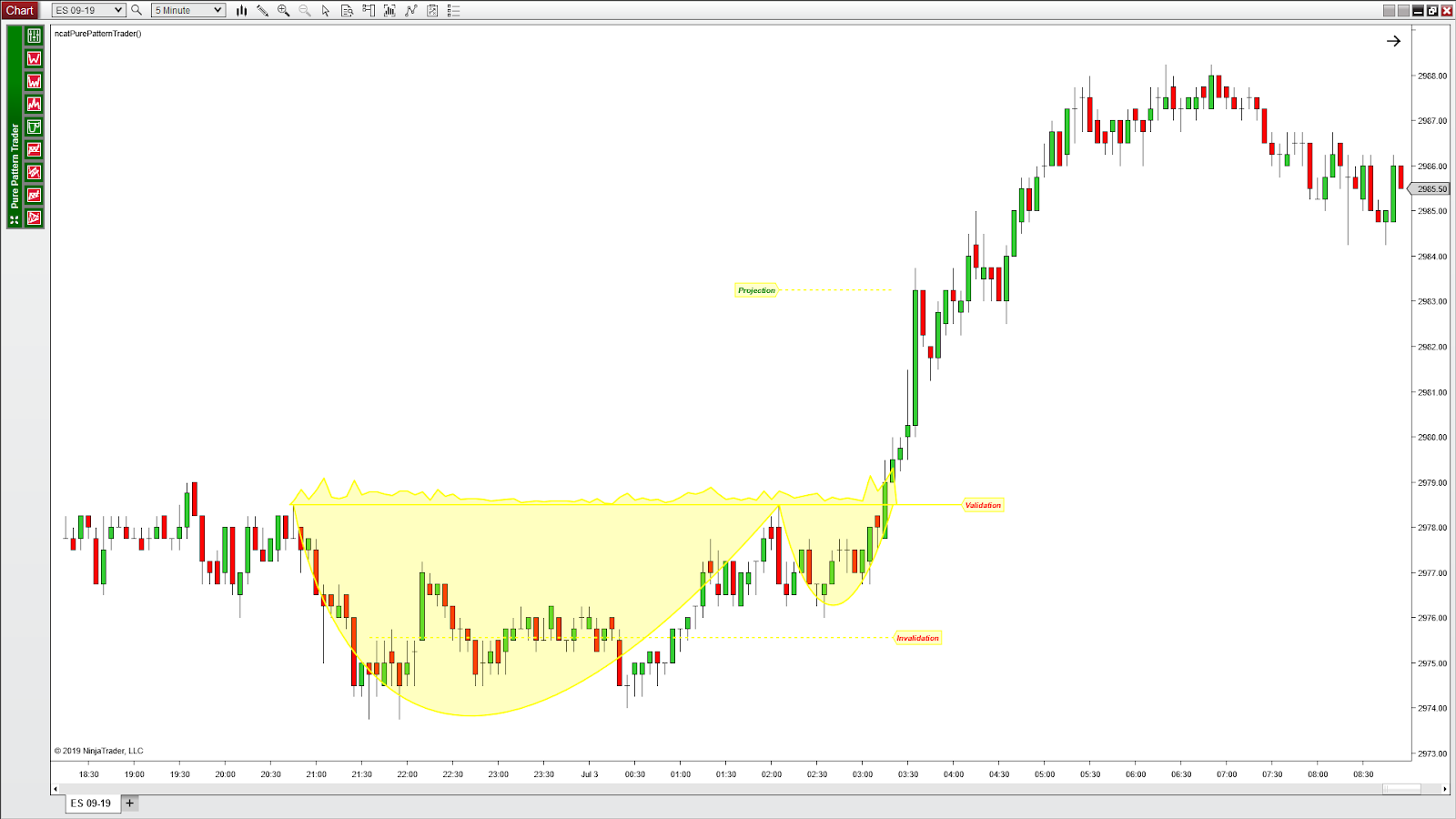 3 years ago
3 years ago
The Cup with Handle Pattern
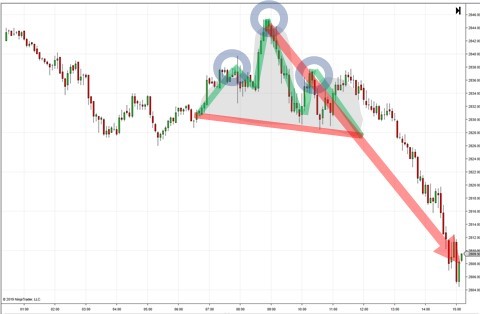 3 years ago
3 years ago
The Head-and-Shoulders Pattern
Popular Posts
Litecoin
3 years agoTape Reading Origins
3 years ago
The Head-and-Shoulders Pattern
3 years ago